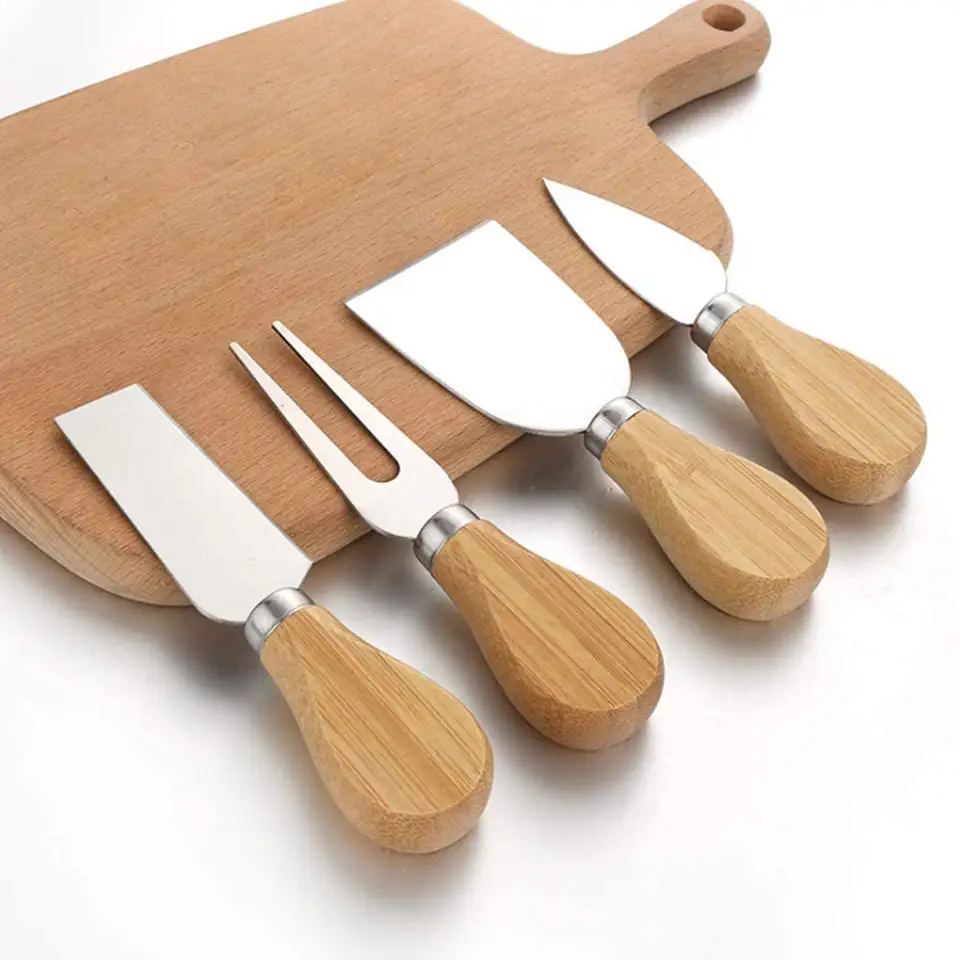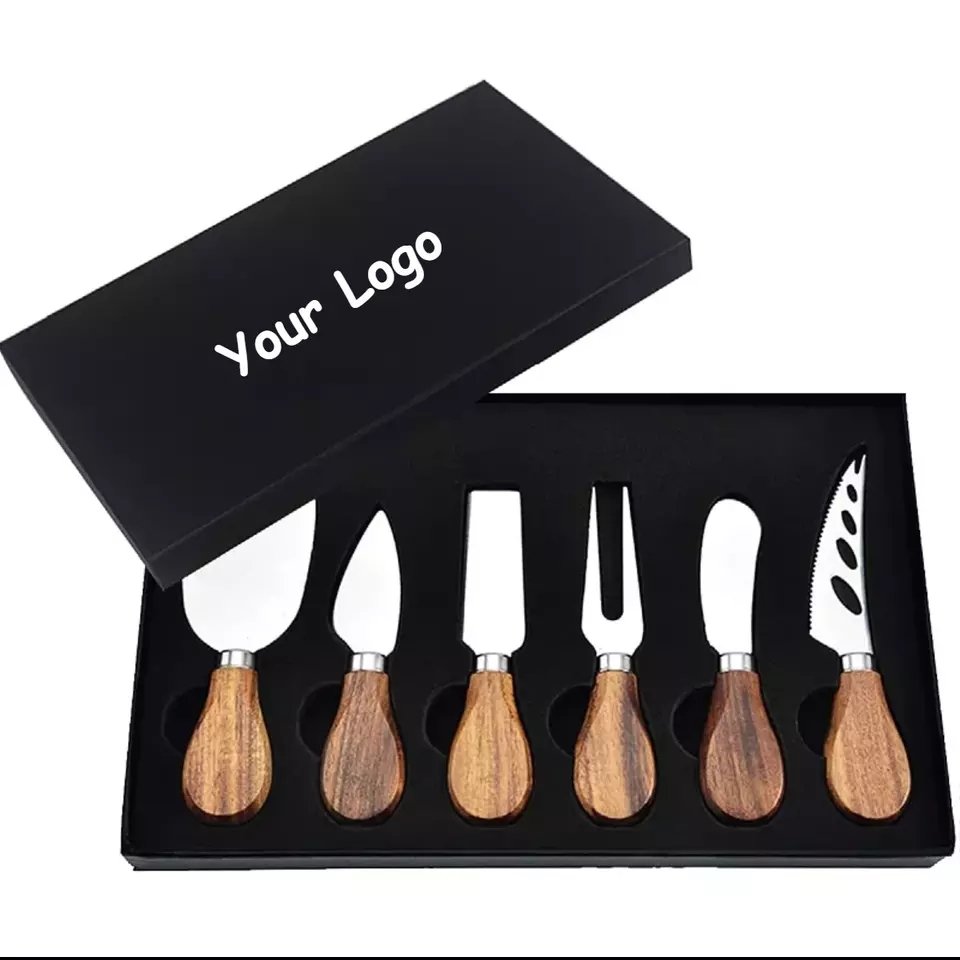China is often underestimated in cutlery production—but does “Made in Italy” still mean what it used to? Let’s break the myth and show what really matters today.
China’s scale, speed, and quality control in cutlery manufacturing now often surpass Italy’s traditional craftsmanship, especially in the B2B sector.
Italy may hold onto a legacy of artisanal heritage, but China has industrialized precision and value on a scale Italy can’t match. Don’t be swayed by the label—dig deeper into what modern manufacturing really means.
Table of Contents
Which Country Makes the Best Cutlery?
Italy is known for artistry. China is known for production efficiency. But what happens when innovation meets volume?
China now produces high-quality cutlery that rivals—and in many cases exceeds—Italian output in consistency, scale, and value.
Three Dimensions of “Best” in Cutlery
| Factor | Italy | China |
|---|---|---|
| Craftsmanship | Heritage, manual finesse | Precision-engineered, scalable |
| Innovation | Slow to adapt | Rapid iteration and customization |
| Cost-Effectiveness | High-end only | Full-range B2B value |
Craftsmanship vs. Controlled Quality
Italian workshops often still rely on artisan-level production. That sounds romantic, but in a world where buyers demand consistency, China wins with its automated lines and ISO-aligned QA processes.
Global Demand Has Shifted
Italian brands cater more to luxury retail. Meanwhile, China now serves top hotels, restaurants, and retailers worldwide. B2B buyers care about lead time, MOQ, price—and China delivers.
Is Made in Italy Better Than Made in China?
We all love a good origin story. But sometimes, the ending matters more.
“Made in Italy” suggests tradition. But in functionality, speed, and service, “Made in China” often delivers better results.
Let’s Compare Brand Myths to Today’s Reality
| Aspect | Italy | China |
|---|---|---|
| Legacy | Romanticized | Modernized |
| Factory Scale | Small-batch, limited automation | Large-scale with advanced tooling |
| Global Reach | Boutique exports | Global logistics power |
Real-World Manufacturing Story
One of our clients switched from an Italian supplier to us after waiting 4 months for a delayed order. We matched the design in 3 weeks—with 10x the quantity and 100% pass-rate QC.
What Buyers Really Want
From my experience, B2B clients now prioritize reliability, stock availability, and flexible MOQ options. Chinese manufacturers, including us at Brilliant, optimize for that.
What Is the Difference Between Italian and Chinese Steel?
Steel quality is a critical issue. But it’s more complex than just the origin country.
Chinese steel is diversified, customizable, and increasingly sourced from top-tier mills, rivaling or even surpassing traditional Italian steel.
Comparing Steel Properties
| Property | Italian Steel | Chinese Steel |
|---|---|---|
| Common Grades | 18/10 | 18/10, 18/0, 13/0, duplex |
| Customization | Limited | Highly customizable |
| Compliance | EU-focused | Global certifications (FDA, LFGB, DGCCRF) |
| Source Traceability | Regional mills | TISCO, Baosteel, + international |
The Real Test: Corrosion, Hardness, and Food Safety
Many assume Italian steel lasts longer. But our lab tests show that Chinese 18/10 steel, properly processed, achieves the same—sometimes better—resistance to corrosion and deformation.
Sustainable Sourcing
China has rapidly upgraded its steel processing and environmental compliance, driven by export markets and government policy. Our factory uses eco-certified stainless steel with traceability reports.
Does Italy Make the Best Knives?
Italian knives are often beautifully designed—but that doesn’t automatically mean better performance.
China now manufactures high-performance cutlery knives at scale, with consistent edge retention and ergonomic design that rivals European makers.
Knife Performance Metrics
| Metric | Italian Knife | Chinese Knife |
|---|---|---|
| Hardness | HRC 54–58 | HRC 54–60 |
| Edge Retention | High, manual sharpened | High, machine-honed & laser tested |
| Blade Styles | Traditional | Traditional + Contemporary |
| Cost per Knife | High | Scalable from low to high |
From Custom Molds to OEM Precision
As a Chinese factory, we design blades using CAD and CNC molds. Each knife batch is laser-tempered and hand-polished by a QA technician—combining automation with human refinement.
What One Buyer Told Me
“I thought I was buying performance with European knives. But your 18/10 series knives are sharper and last longer in restaurant use.”
Is Italian Cutlery Worth the Price?
Sometimes yes, but often not for the reasons buyers expect.
Luxury branding drives Italian cutlery prices. But in B2B practicality, China wins with balance of cost, speed, and customization.
Price Breakdown Comparison
| Component | Italy | China |
|---|---|---|
| Base Production Cost | High | Moderate to Low |
| Branding & Marketing | Expensive | Factory-direct pricing |
| Supply Chain | Limited, slower | Integrated + global |
| MOQ Flexibility | Rare | Common |
ROI and Margin Analysis
For B2B projects, overpaying for branding cuts into margin. Our buyers often increase profit margins by 20–35% just by switching to Chinese suppliers without compromising quality.
Which Country Offers Better OEM/ODM Cutlery Services?
This one is clear if you’ve ever tried customizing in both countries.
China dominates the OEM/ODM space with flexibility, fast sampling, and end-to-end design assistance. Italy rarely offers this.
ODM/OEM Service Levels
| Feature | Italy | China |
|---|---|---|
| CAD Design Support | Minimal | Full in-house design team |
| Sampling Speed | 4–8 weeks | 7–14 days |
| Material Options | Fixed | Wide-ranging |
| Branding Options | Limited | Laser, etching, embossing, packaging |

A Story from Our Workshop
We helped a hotel chain design a minimalist matte black flatware set. From concept to delivery, the whole OEM cycle took 31 days. Italian firms quoted 75 days—and triple the cost.
What Are the Pros and Cons of Italian vs. Chinese Cutlery Manufacturing?
Every country has strengths—but let’s put them side by side.
Italy has legacy craftsmanship. China offers modern scalability. In today’s world, the latter usually wins.
Full Comparison Table
| Dimension | Italy | China |
|---|---|---|
| Craftsmanship | High, manual | High, scalable |
| Delivery Speed | Slow | Fast |
| Price Range | Luxury | Full-range |
| MOQ | High | Flexible |
| B2B Support | Low | High |
Conclusion from the Factory Floor
In my 10 years, I’ve seen many buyers try Italy for the prestige, then come back to China for the practical value. Brilliant is built to serve that need—with quality, not compromise.
Does China Have Factories in Italy?
Yes, Chinese companies have increasingly invested in Italian facilities or formed joint ventures with local players. It’s part of a smart global strategy.
Several Chinese manufacturers now operate or co-own factories in Italy to combine Italian design prestige with Chinese industrial efficiency.
Why Would Chinese Brands Operate in Italy?
| Motivation | Explanation |
|---|---|
| Access to EU Market | Easier logistics and compliance for EU buyers |
| Brand Strategy | Leverage “Made in Italy” prestige |
| Collaboration | Design partnerships with local experts |
| R&D | Utilize Italian artisanal techniques in modern production |
Case Study: The China-Italy Dual Factory Model
Some large Chinese cutlery brands maintain design studios or assembly units in Italy, while core production remains in China. This gives them a “best of both worlds” approach—fast and scalable production with the appeal of Italian aesthetics.
Strategic Hybridization
By establishing joint ventures or satellite offices, Chinese companies can meet EU origin standards while still leveraging their domestic production infrastructure for cost efficiency.
What Cutlery Does China Use?
When people ask what kind of cutlery we use in China, they often expect a single answer. But the truth is—we use everything, from chopsticks to full Western sets.
In modern China, households and restaurants use stainless steel cutlery, Western forks and spoons, chopsticks, and hybrid utensils depending on cuisine and setting.
A Cultural Mix on the Table
| Setting | Common Utensils Used |
|---|---|
| Home (Traditional) | Chopsticks, ceramic spoons |
| Home (Modern Urban) | Chopsticks, forks, knives, stainless spoons |
| Restaurants (Local) | Chopsticks, soup spoons |
| Restaurants (International) | Full cutlery sets incl. forks, steak knives, dessert spoons |
Changing Dining Habits
With globalization, Chinese consumers have adopted cutlery sets for Western meals. Our factory now supplies stainless steel sets to local hotels, airlines, and even schools. Demand for personalized and ergonomic utensils is growing fast.
What This Means for Manufacturers
Understanding local usage helps us design better products. For example, we produce shorter-handled forks for Chinese school lunch trays and provide cutlery/chopstick hybrids for modern bento-style dining. Cultural nuance drives product innovation here.





